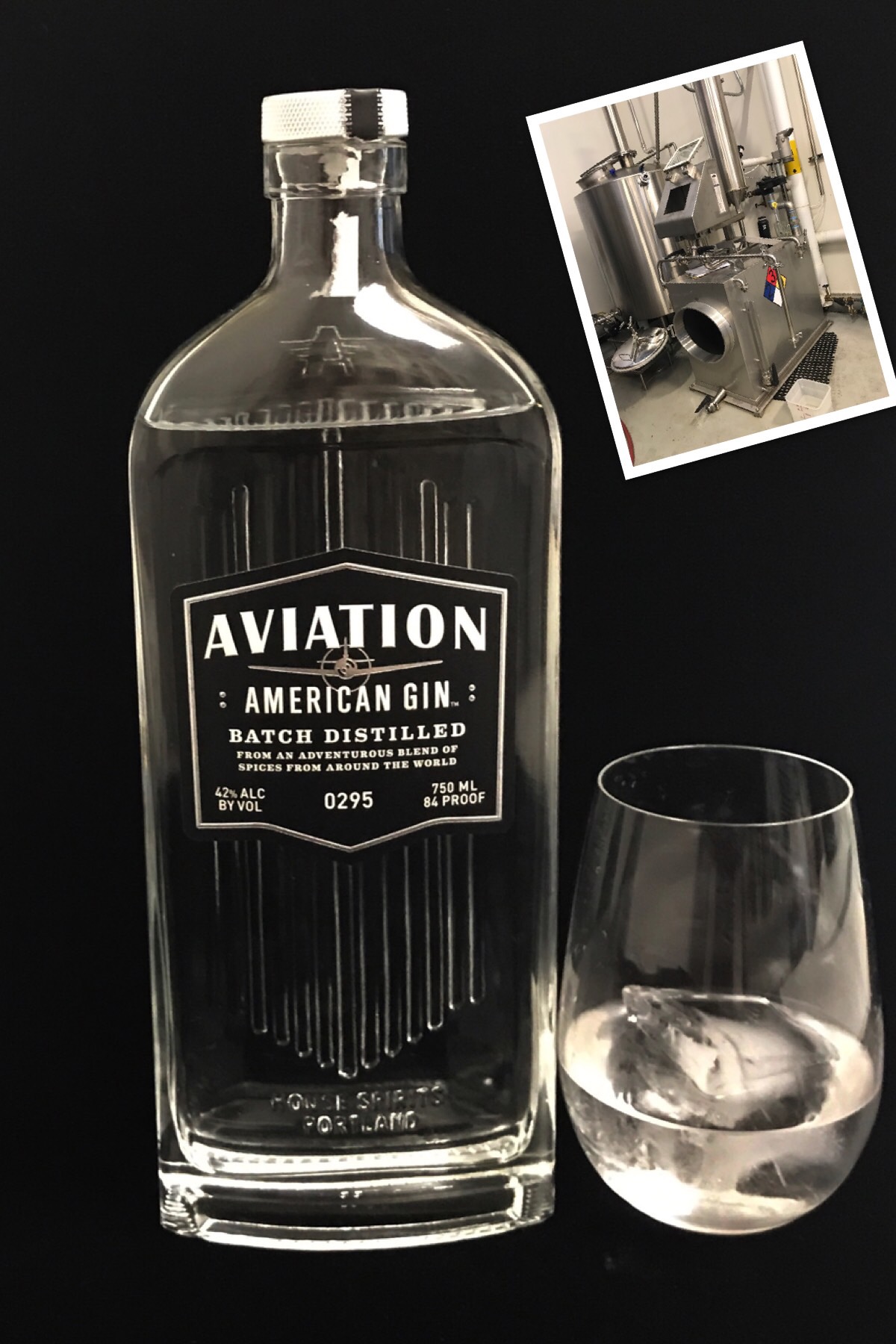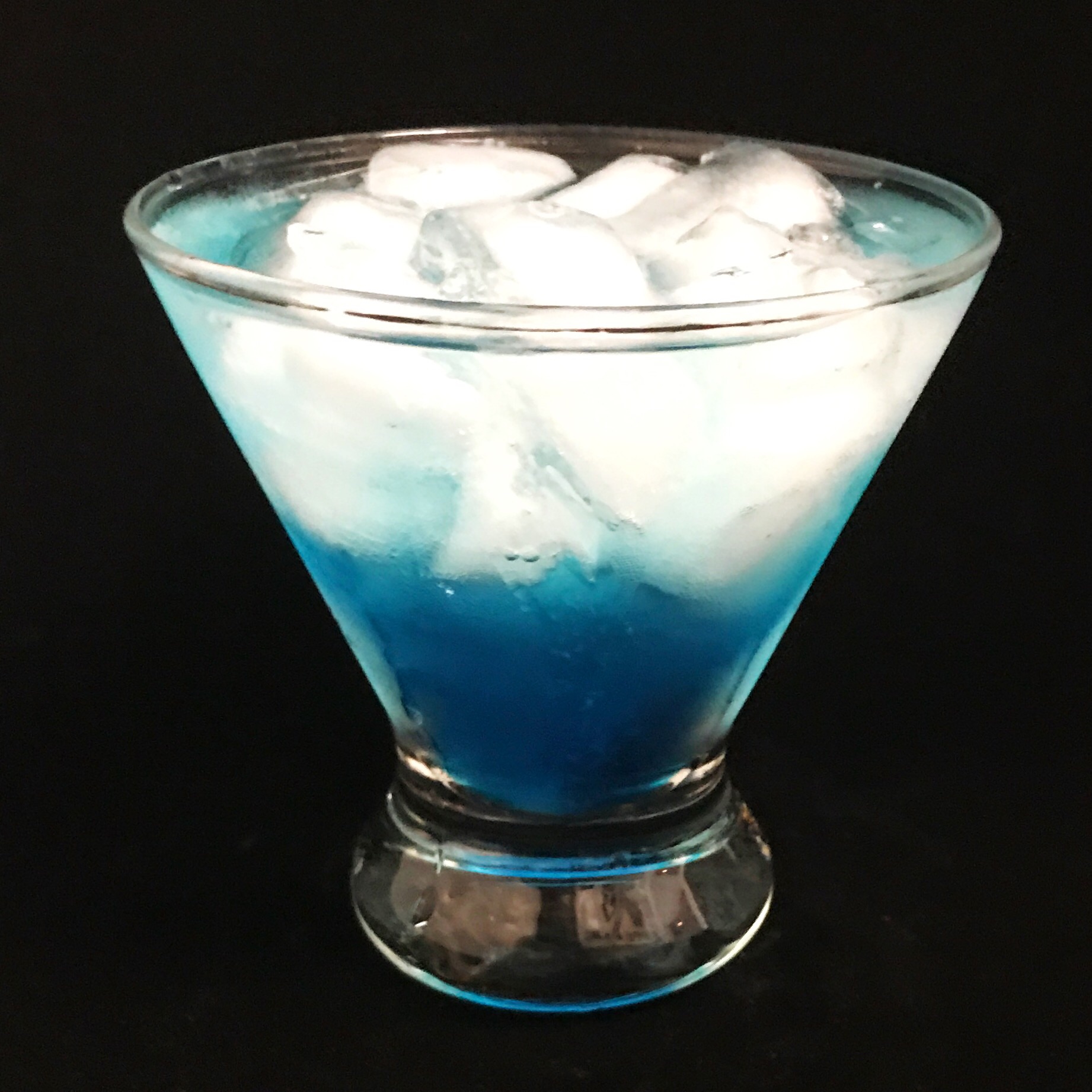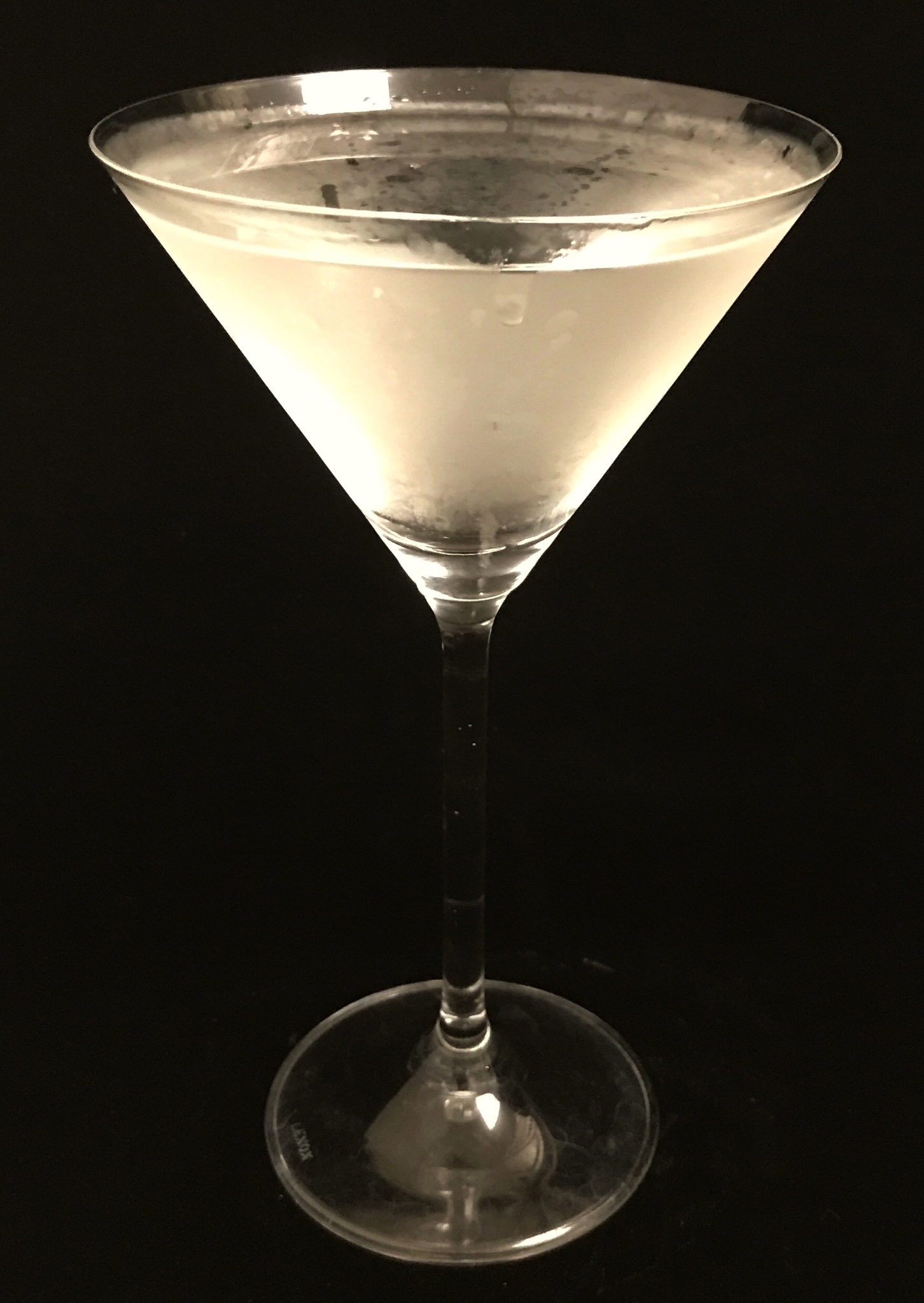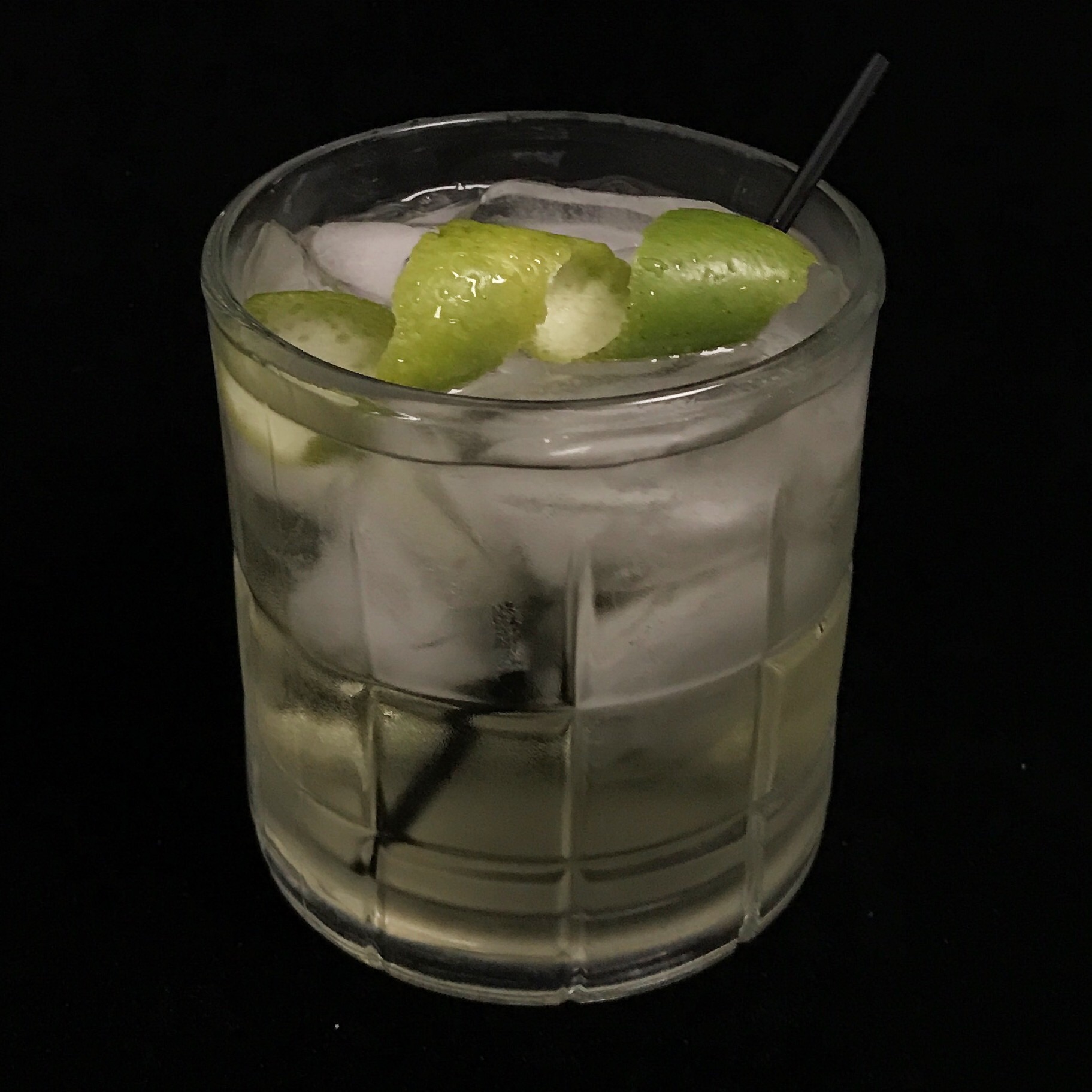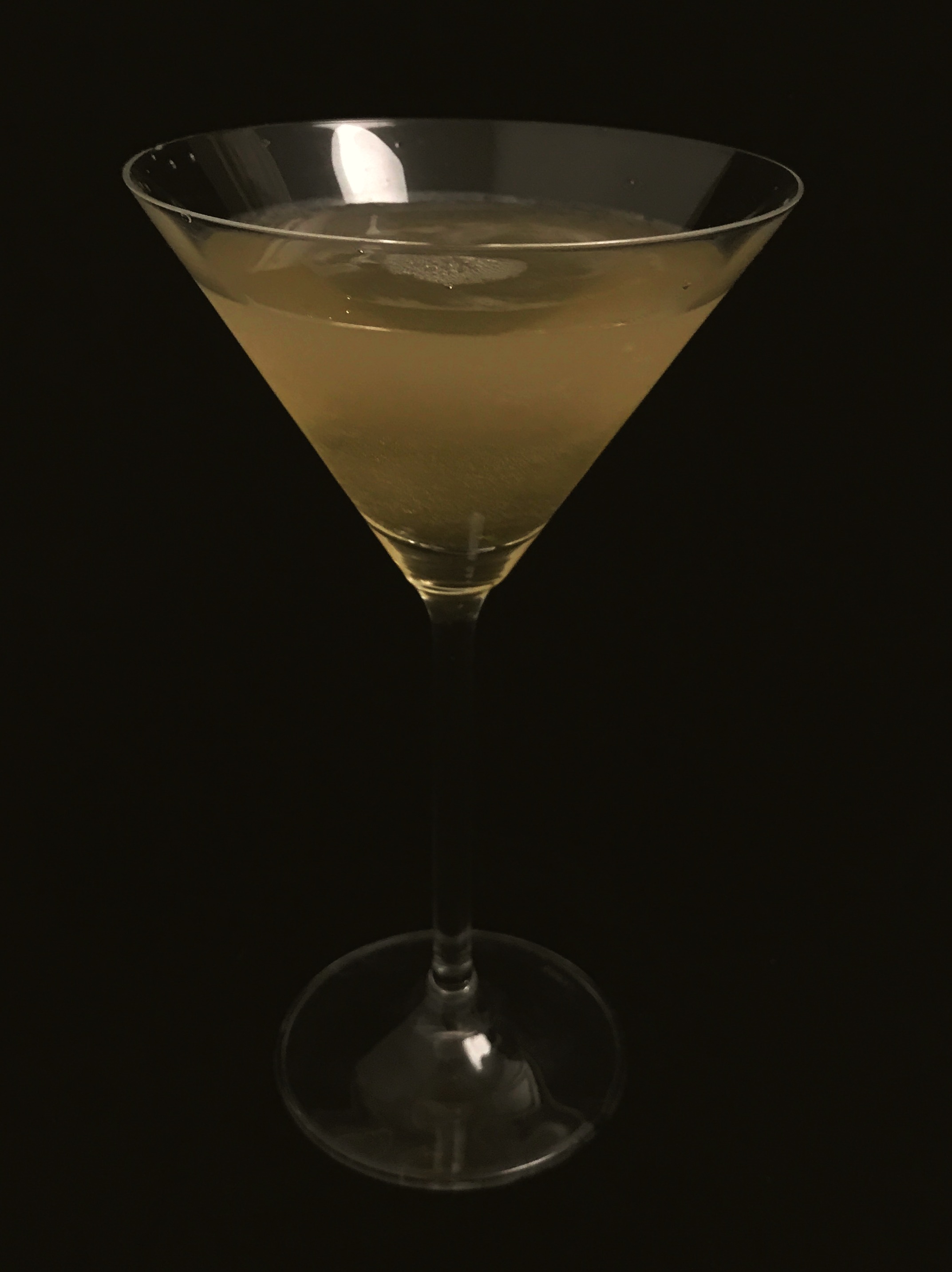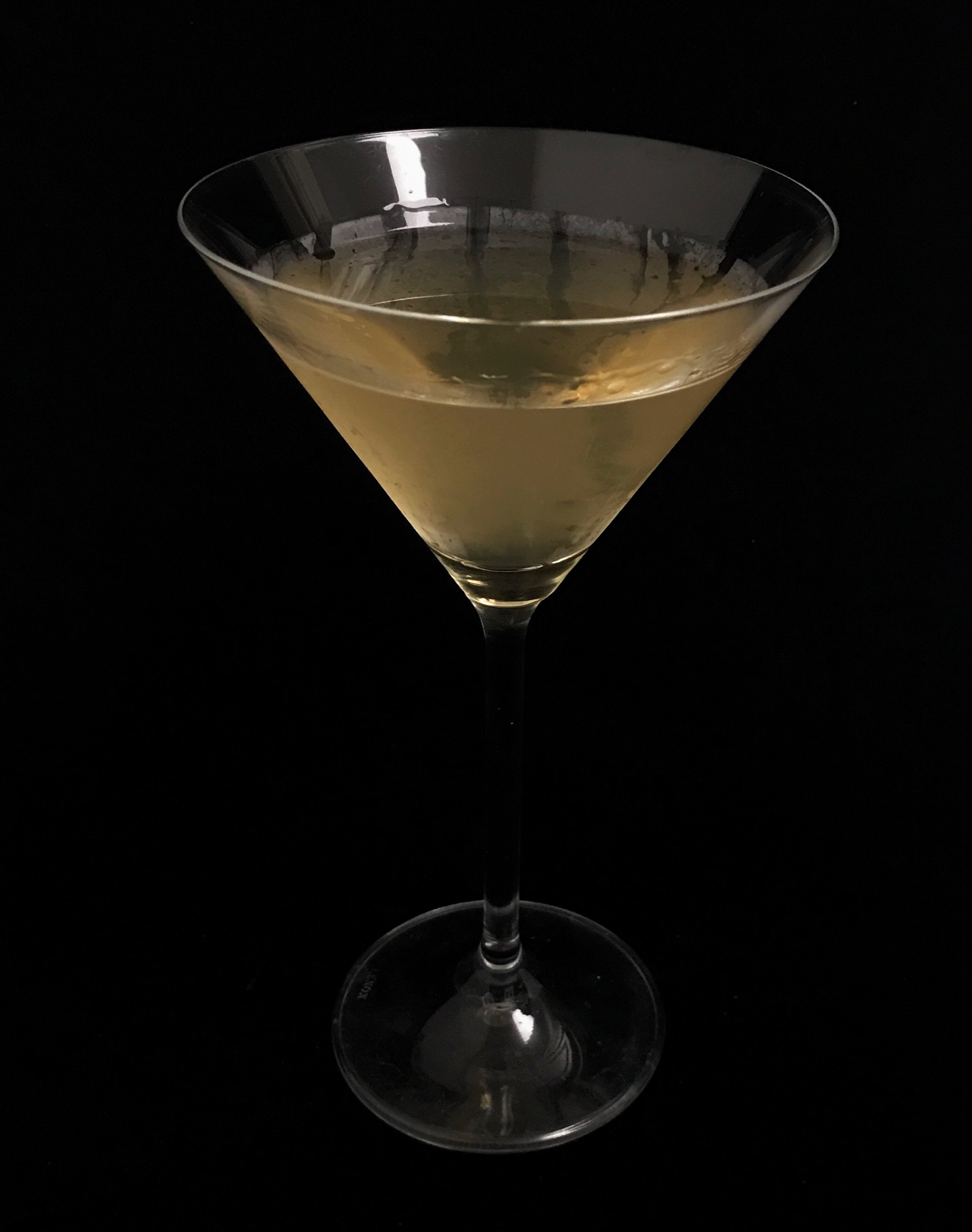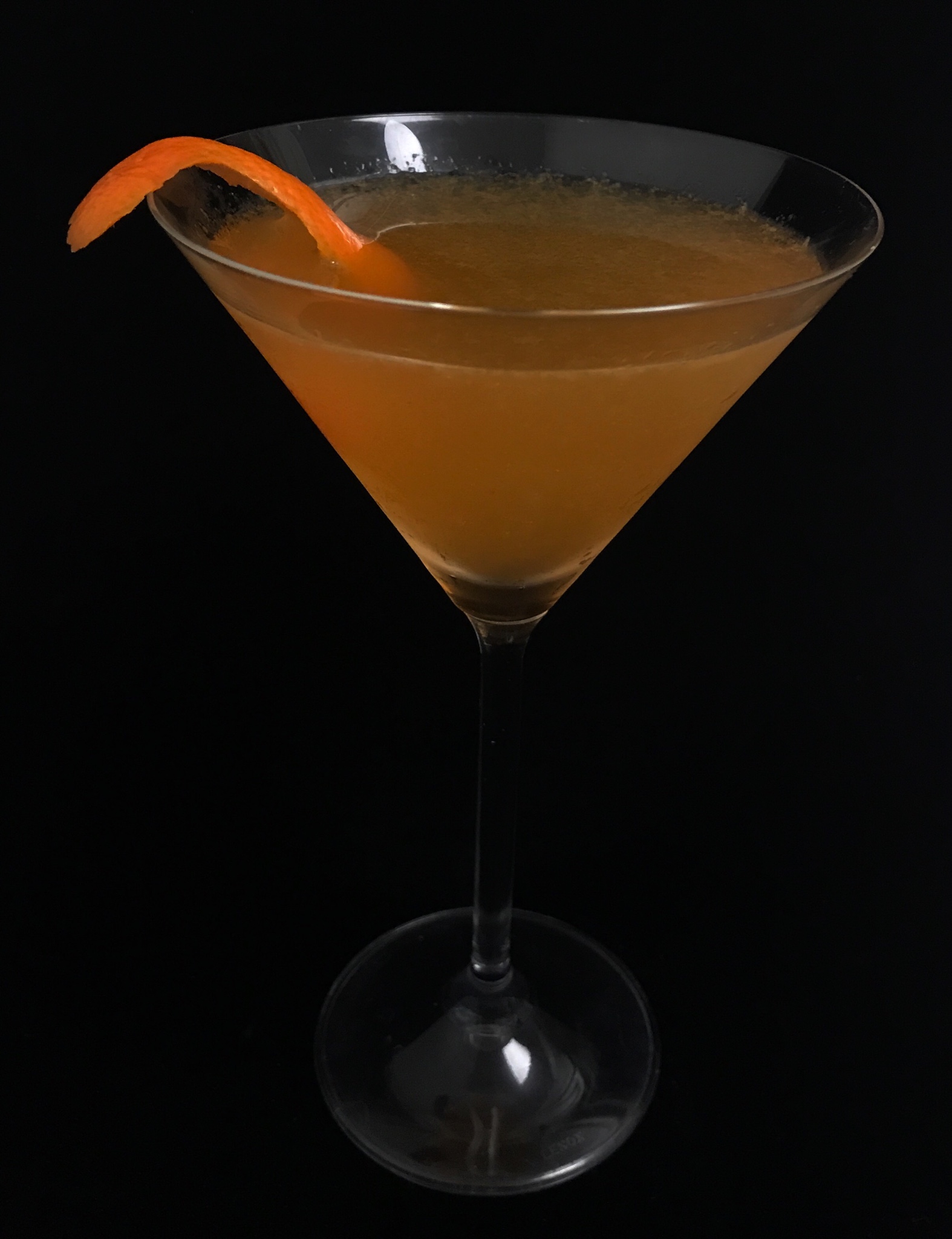From the bartender’s corner – Spider Bite
From the bartender’s corner – Mamie’s Sister
From the bartender’s corner – South Side cocktail
Slightly under the weather and a little too tired with all the travel and a little spike in office activities. Sitting at home by myself, was wondering what cocktail to try. Wanted something with lime juice and sugar in it to keep energy up. Decided to try a South Side which is basically those two with gin and mint. Used the Fifty Pounds Gin. While I made it in a cocktail glass, there are other variations of this where you pour it over ice and top it off with club soda. Nice, refreshing drink. Even better suited during the daytime.
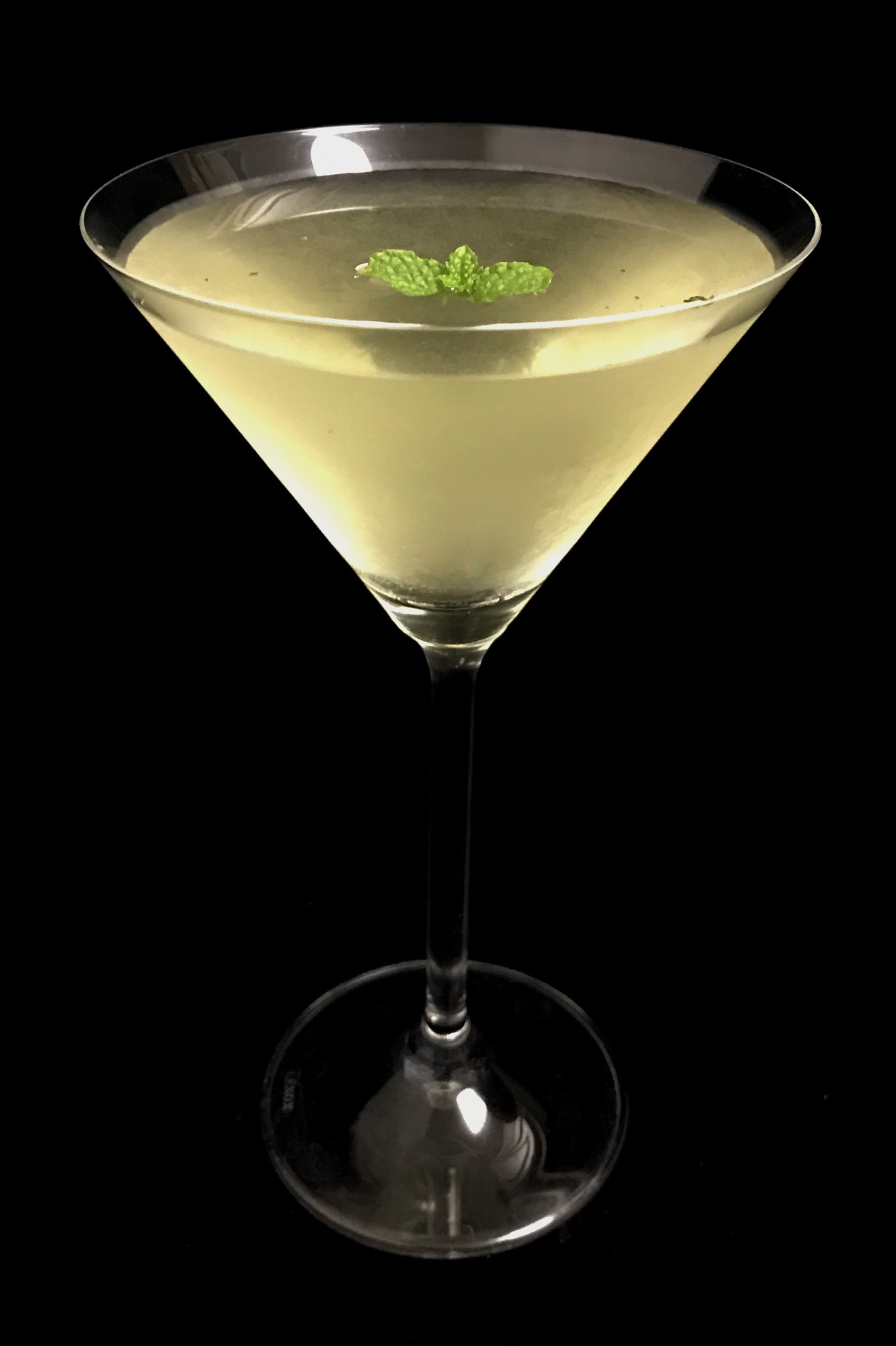
From the bartender’s corner – Pearl White
From the bartender’s corner – Yellow Daisy with Fifty Pounds
From the bartender’s corner – Gin #12: Fifty Pounds
This gin caught my attention a few months back at a bar. The bottle looked like that of Uncle Val’s and I ordered it. The bartender let me know that they did not have Uncle Val. I pointed a bottle to her and she got it to me. That is when I realized that it was a Fifty Pounds gin.
What caught my attention immediately was why it was named Fifty Pounds. And for that I need to get into a history lesson here. If we go back about four hundred years around this time, England was going thru what was referred to as “Gin Craze”. There was a unprecedented level of gin consumption in the country and it was being squarely blamed for – some justified, some unjustified – for everything from burglary, untimely deaths, prostitution, mental illness to moral decrepitude. In response to that Spirit Duties act of 1735 was passed by the government (which became effective next year and was commonly called the Gin Act of 1736). Other than 20 shillings tax on a bottle, it also put in a steep Fifty Pounds licensing tax on the distillers.
You want to know how effective that was? Pretty much like Prohibition in the USA much later, actual consumption actually went up. Instead of the normal distilleries, bootleggers sprouted up everywhere – resulting in complete lack of quality control. People would sometimes die of ingredients like turpentine and sulfuric acid that would be mixed in these illicit liquor. Only two distilleries actually paid up the Fifty Pounds license fees. The Act was rescinded in a few years’ time as one of the most ineffective acts in the history of England.
This particular distillery – Thames Distillery in London started making this bottle of gin in 2010 and named it after that infamous and controversial licensing fees.
The gin of itself is pretty much middle of the road. The nose is rather citrusy, the palette reasonably pronounced with junipers kicking in early on and I would give more than average marks on the finish. The master distiller Charles Maxwell, keeps a few of the ingredients as trade secrets. The ones that he does publish include the standard juniper, coriander, angelica root, lemon, orange rind and the non standard licorice root, grains of paradise and savory. The base is – like many other London Dry gin – neutral grain spirit.
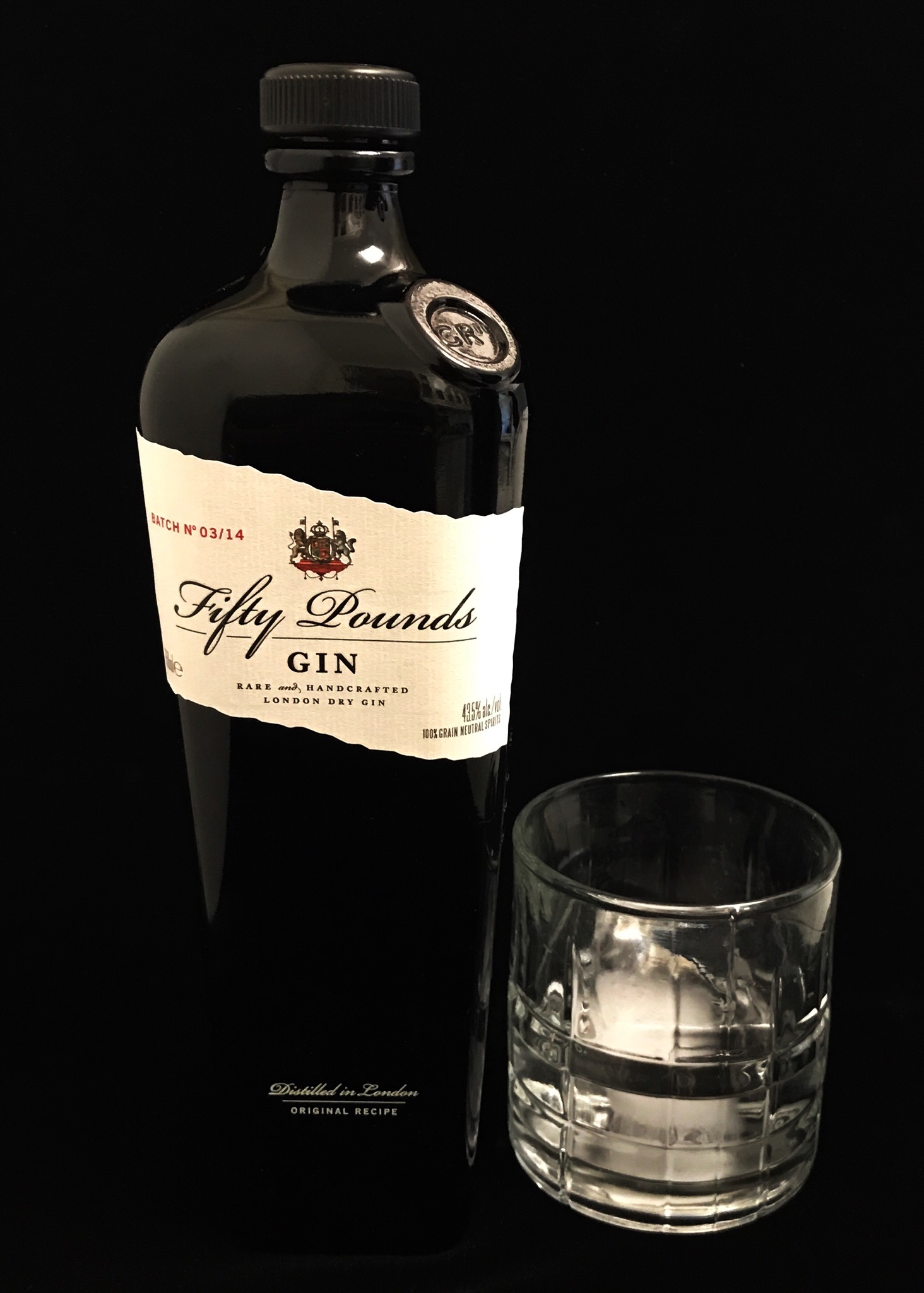
From the bartender’s corner – Aviation Stork Club
From the bartender’s corner – Aviation Baron
As I mentioned before, I was somewhat underwhelmed by the Aviation gin when I opened the bottle. I tried over the next few days one more time neat, once with tonic water and regrettably, came to the same conclusion – while the nose is more in line with what I would expect from an American style gin, the palette was flat and weak. In fact, after fifteen seconds or so, it was almost like I was holding water in my mouth. The finish was even weaker.
Either I got a bad bottle or this gin is best used in cocktails. I tried last night with a couple of liquers and ingredients that would hide the weakness of the gin. A Baron is made with gin, both styles of vermouth (dry and sweet) and triple sec.
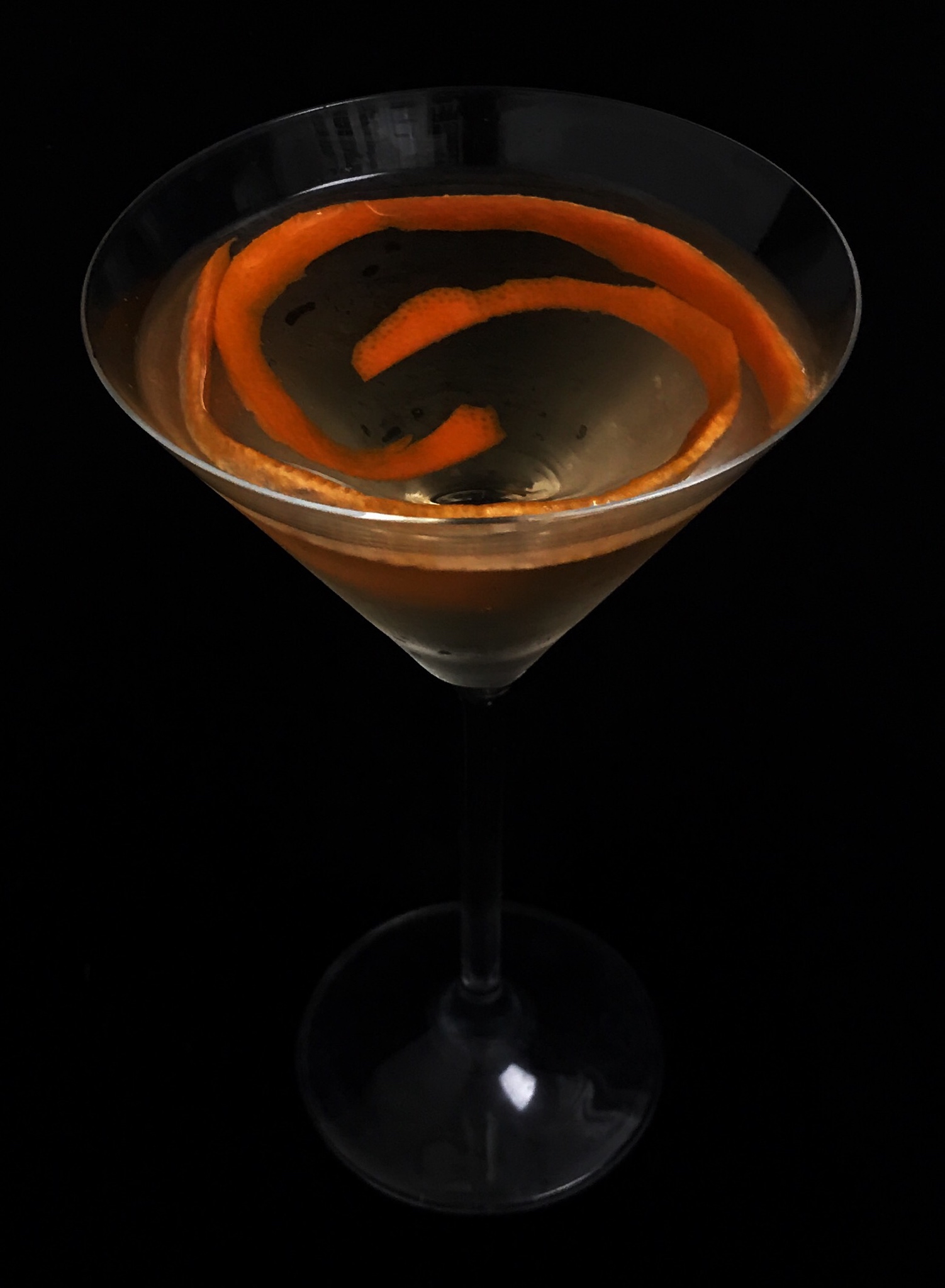
From the bartender’s corner – Gin #11: Aviation Gin
A couple of weeks back, I was in Portland, Oregon for work and one evening paid a visit to House Spirits Distillery to check out the making of Aviation Gin and perhaps pick up a bottle. Much to my surprise, I was told that while House Spirits Distillery still manufactures all the Aviation Gin that is ever made, the marketing and sales has been outsourced to Davos Brands. In fact, a quick search on the internet showed that Davos Brands has bought the “Aviation Gin” brand itself.
I was, however, given a tour of the distillery where the gin is made. The still itself, as you can see in the picture, is a stainless steel one with a full capacity of 400 gallons. The heating is done with steam (to about 78 degrees Celsius).
Neutral grain spirit (rye) is used and the botanicals include the usuals like juniper, coriander, cardamom along with some other common ones like anise and orange peel. What is unique is lavender and something they told me called Indian sasparilla. Till this day, I have not been able to figure out exactly what it is but it is supposed to render some of the floral-ness (along with lavender) to the gin.
Regarding the taste itself, this might be a slightly controversial topic. Purists who believe in the juniper-forward traditional gins (also called London Dry Gin), may not be a big fan of this style of gin (sometimes called American Dry Gin and this particular style often referred to as New Western Dry Gin). The key concept is that it is less junipery and sometimes citrus forward. Or maybe even floral. But the idea is go with less junipers.
I had an Aviation on the rocks. The nose was clearly very floral, thanks to the lavender. While many reviews of the gin describe it as “bold”, I have to say that I found the palette to be very mild. In fact, the finish was almost non-existent (very feeble junipers). Maybe my palette needed a lot more cleaning. I will try again for the couple of weeks. But if it is as weak as I think it is, I would probably use this mostly for cocktails that have strong complementary ingredients or botanicals. (e.g. a Negroni)
